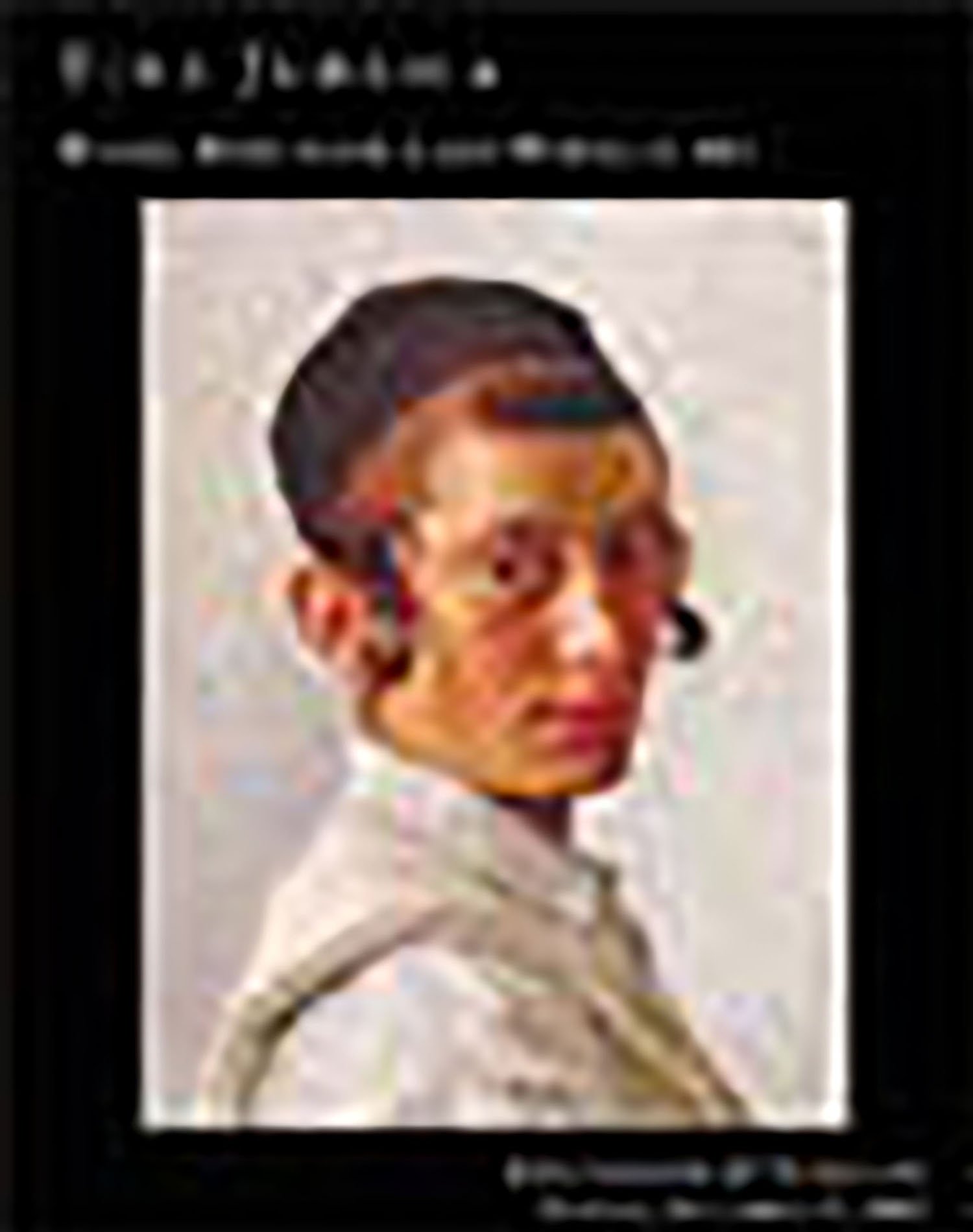Marriage Contract on paper. Uniting Israel, son of Nissim Isaac Katarfas and Zinbul daughter of David Abram ibn Shushin on Friday, 8th Tammuz, 1900

AUCTION 17 |
Tuesday, November 12th,
2002 at 1:00
Fine Judaica: Printed Books, Manuscripts and Works of Graphic and Ceremonial Art From Various Owners
Lot 444
(KETHUBAH).
Marriage Contract on paper. Uniting Israel, son of Nissim Isaac Katarfas and Zinbul daughter of David Abram ibn Shushin on Friday, 8th Tammuz, 1900
“Rudosnik” (near Istanbul) : 8th Tammuz 1900
Est: $6,000 - $7,000
Jewish cultural life in the Ottoman Empire was shaped by the Sephardi heritage interwoven with local Turkish elements. Kethubah decoration in the Ottoman Empire shows this mixture of the two cultures.
The place of this marriage ceremony, “Rudosnik” is not a familiar place of Jewish settlement. Shalom Sabar suggests, based on the stylistic similarites to the Kethuboth of Istanbul, that Rudosnik is a suburb or small outlaying communty attached to Istanbul. What is particularly interesting about this particular Kethubbah, which combines decorative elements of both Istanbul and Izmir kethubah decoration, is that hand-decoration of kethuboth was all but superseded by printed documents by the end of nineteenth-century Ottoman Empire.
Sabar suggests that the small community of Rudosnik, while not an outwardly observant settlement, held fast to traditional rituals that had become out-moded in the larger settlements in the big cities.
See S. Sabar, Kethubah Metzuyeret Nedirah Me’ha’eimpariah Ha’ottomanit (Turkia) Shnat 1900: Analysis and Evalution (accompanying this lot)
